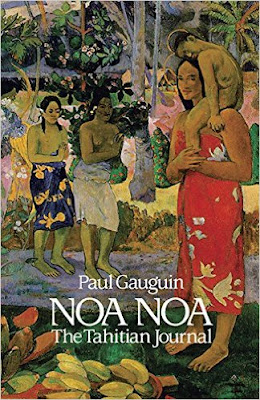The Best Viking Novels

I don't know about you, but I love a good viking novel. I've been interested in history since I was a kid, and I've always been fascinated by the vikings. There's something about the stories of dragon ships and adventures on the sea that capture the imagination. And, I'm certainly not the only person who thinks that way because there are a lot of books about vikings on the market. Of course, there are plenty of non-fiction books out there, and I've read (or listened to; I love audiobooks) to a couple of them, but novels about vikings seem to be much more popular. That being said, not all novels are equal. Personally, I prefer viking novels that encompass the perfect amount of adventure, drama, and (sometimes) romance. Since I've been home a lot recently, I've been reading/listening (I love audiobooks) to some old favorites and to some new novels as well. So, today, I want to share some of my favorite viking novels (in no particular order) with you. Ha...




